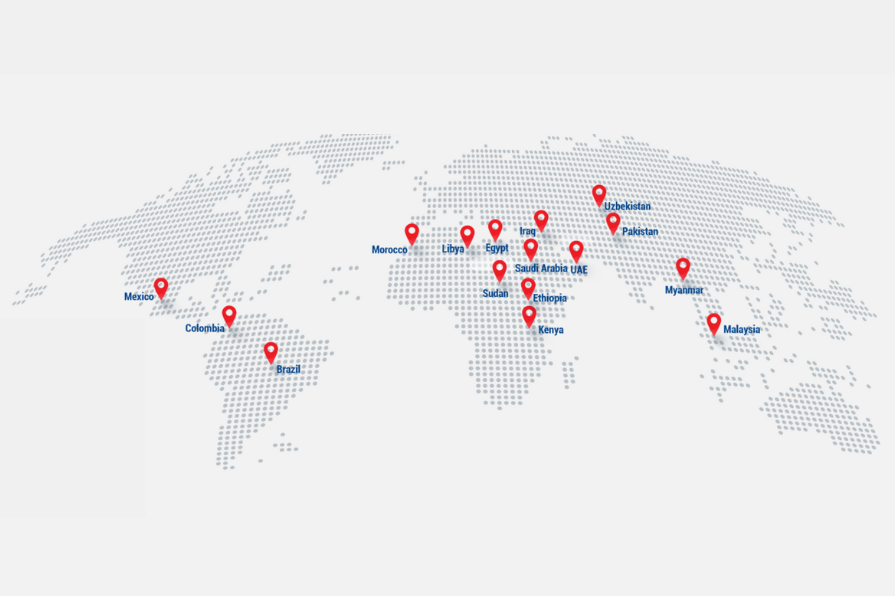Lifeline of Humanity – Salvation, redemption, absolution, deliverance. Any religion focuses one way or another, through one path or another, on the liberation of the individual, and—since so much of religion is communal—the implied bonus is the salvation of the group as well.
But can religion, as religion, save or at least dissolve the walls of hatred, suspicion and dismay that have built up so much over past decades? Or is it too late?
Author Eboo Patel feels that religion is the lifeline of humanity, but not just one religion—all religions.
Patel, president of Interfaith America, believes that religion must be made more welcome in public life. The growing secularism of America has convinced certain Christian groups that a Christian America is the only answer. Patel disagrees, urging a multifaith approach with the emphasis on “multi” and a healthy dose of very public and very vocal “faith.”
“Interfaith work happens in the United States all the time,” Patel says. “When your grandfather is going through a triple-bypass surgery at a hospital started by Jesuits, with a physician team that is Muslim and Jewish, and the anesthesiologist is Hindu, and the person sanitizing the room is a Jehovah’s Witness, and the person who runs the hospital is a secular humanist who grew up Buddhist, that’s interfaith work. Every single one of those people, their faith is involved in that procedure, because they’re all literally whispering the prayers of their faith or the hope of their humanist philosophy as they walk in.”
Beyond faith, there are other items that factor into the equation, items that are difficult to quantify such as the compassion of religious people, their willingness to help, to give and to give some more.
A nun helps a Salvadoran man fleeing poverty and gang violence (Shutterstock.com)
Can we quantify the impact of religion on civilization? Yes, we can, by observing what just one day without religion would wreak upon our world. Some years ago the Church of Scientology Freedom Magazine did just that.
Freedom posed the hypothetical question, “What it might look like were there to be a day without religion in the United States—if a temporary blip in the universe suddenly resulted in religion somehow not existing for a 24-hour period.”
The result: a catastrophe of apocalyptic proportions. Just some of the collateral damage would include:
Millions going hungry. 64 percent of the agencies giving food to individuals and families are affiliated with religious institutions.
Drastic reduction in community services and volunteerism. 45 million volunteers are connected with faith-based groups. That’s nearly half of all volunteers helping with disaster relief, daycare, and community programs in general.
Disastrous effects on higher education. Nearly one-fifth of American colleges and universities bear a religious affiliation, educate 2 million students, employ over 650,000 faculty and staff, and have budgets amounting to more than $35 billion.
Hospitals shutting down. Nearly one-fifth of our hospitals are affiliated with religious institutions. There would be a humanitarian crisis of staggering proportions with a 20 percent decline in medical care overnight. Imagine a pandemic occurring under those conditions. Or on second thought, maybe you’d better not.
Most philanthropic charity work would vanish. And with it, compassion towards those in need, at-risk families and children left to fend—billions gone in contributions to the needy here and in developing nations, and famine and disease reaching untenable levels.
Generally, we would take less care of each other, show less empathy, feel lonelier (lacking a sense of community) and have no practitioner to turn to in our spiritual angst.
Religion does help, and in ways too many too often take for granted. Fortunately, those providing these services continue to do so, whether we recognize their importance or not.














